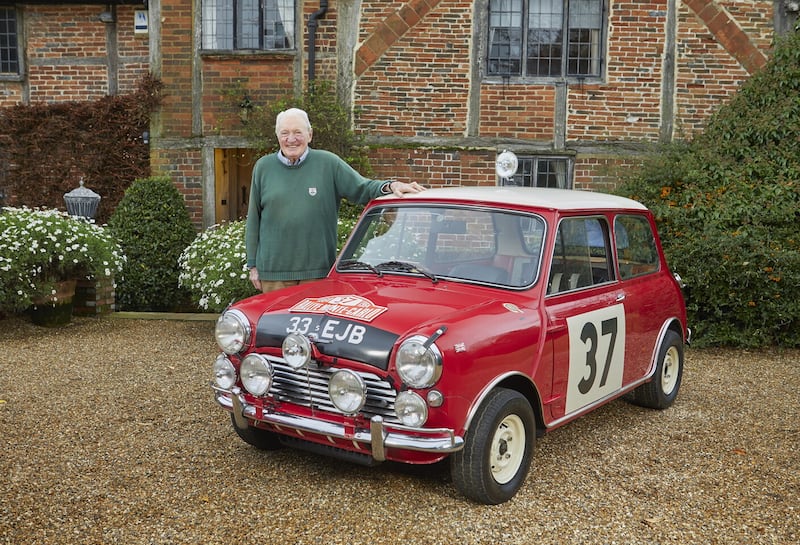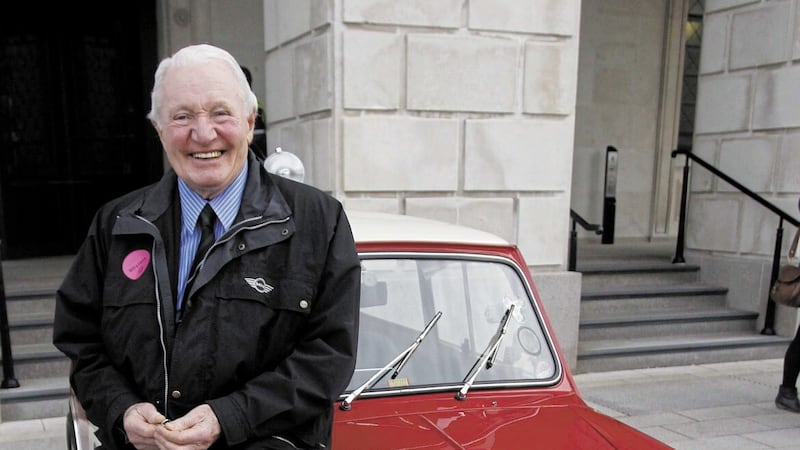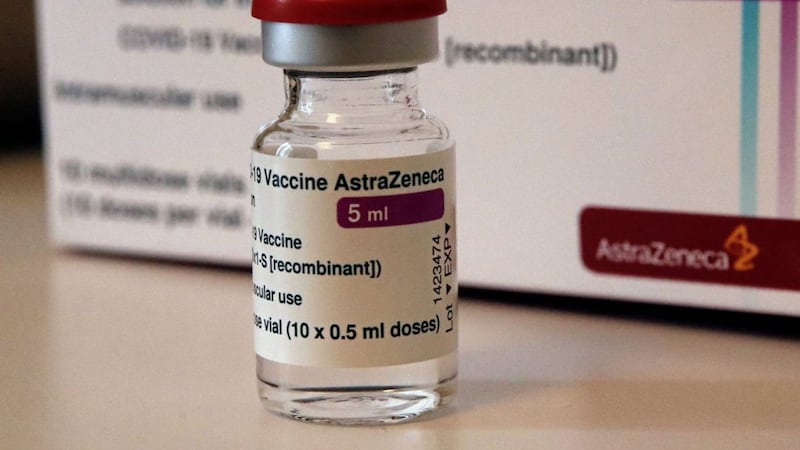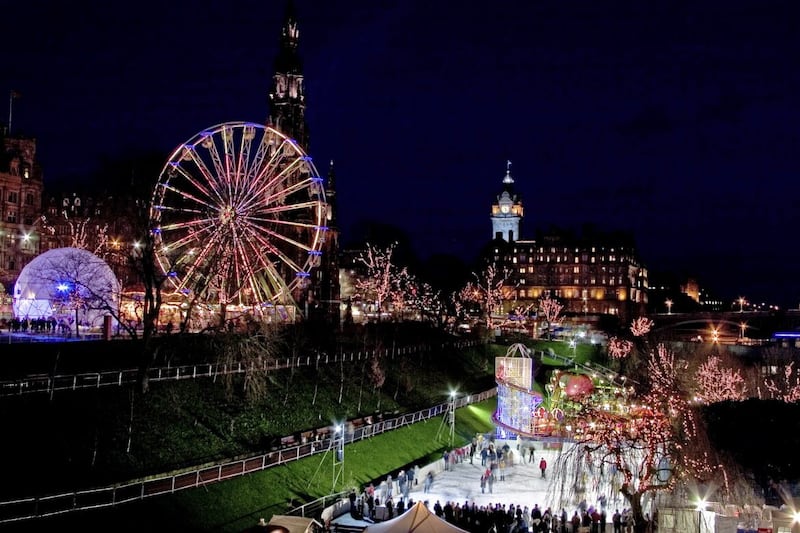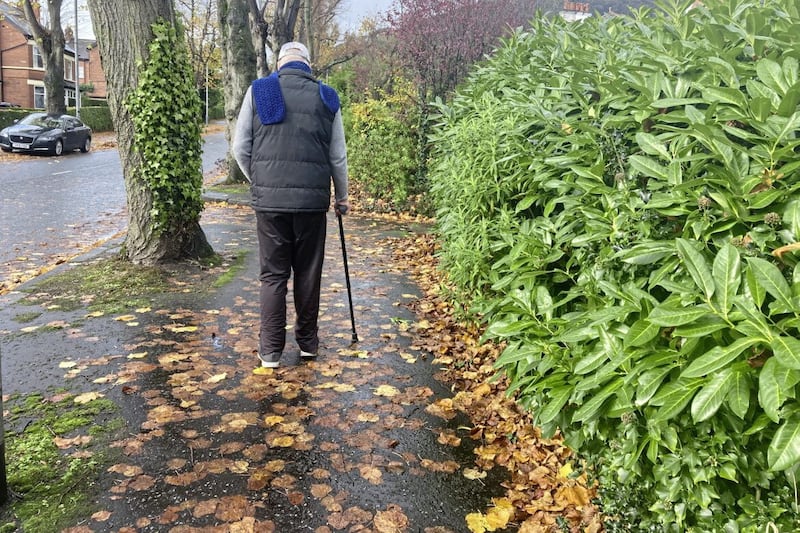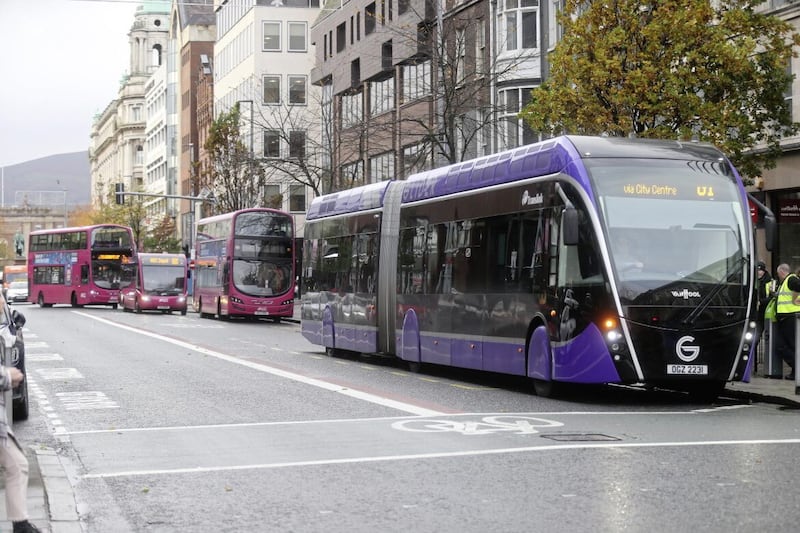"I WAS a professional driver paid by the British Motor Corporation and they made it very clear from the start that we were a British team, so in all the press reports I was a British driver.
"But, a few weeks later, when I was caught smuggling a camera through customs in Heathrow, they decided to make a thing of it to put others off trying the same thing and the paper headlines screamed, 'Irish rally driver caught smuggling'."
So said the late rallying legend Paddy Hopkirk, who passed away last week aged 89, when I interviewed him some years ago: always smiling, a charismatic character. He was a star in our eyes even before he hit the big time winning the Monte Carlo Rally in 1964, a constant visitor to Ulster Television whether he was in the news or not.
Indeed, he caught the eye of one of the stations own stars, Adrienne McGuill as she was in those days, 'Miss Adrienne' to thousands and today wife of the late Harry Catherwood. He taught her to drive and when four of us, all girls, went round Ireland it was breathtaking. The Monte Carlo had nothing on us. Adrienne remembers, "a delightful man, a great raconteur and a good friend."
When Paddy Hopkirk and Henry Liddon won the Monte Carlo Rally in 1964, there was great excitement locally and nationally. Indeed, one Sunday night, sitting in his red Mini Cooper S registration 33 EJB, Paddy joined Bruce Forsyth on the revolving stage of the London Palladium.

"Only time we ever had a car on the show. Marvellous," was Bruce's memory.
Paddy never forgot it either and he relived the night, "Especially because, at rehearsals, I discovered my hero was on the show, my god – Tommy Cooper. Even the musicians were falling off their instruments he was so funny.
"During transmission, Bruce was in front of the curtains and there's the noise of a car racing past and the squeal of brakes.
'Who's that?' asks Brucie.
'Paddy Hopkirk,' replies his gag man.
'Why didn't you stop him?'
'I tried to,' and the gag man turned round to reveal tyre marks right across his back as if he'd been run over. Laughter and applause."
Paddy warmed to the subject. "The curtain goes back and I drive onto the stage and do the interview, then at the end I'm on the revolving stage with the rest of the performers, Tommy Cooper and the Tiller girls."
A man who first got behind the wheel at nine years of age, albeit in a bath chair, for the next 80 years Paddy competed in rallies, hill climbs and numerous international events, and finished his career involved in the motor industry.
He enjoyed fame, was admired by the Beatles and, as his wife Jennifer was vice Lord Lieutenant of Buckinghamshire, he attended many royal events and not surprisingly became a friend of Prince Philip.
All his life, Paddy won trophies and accolades and for his work was awarded an MBE in 2016. He became a life member of the British Racing Drivers' Club and president of the Historic Rally Car Register. He was generous with his time and supported many charities, especially as a patron of the disability charity WheelPower.
It was a measure of the man and his co-driver Tony Nash when, in the 1968 London-Sydney Marathon, he declined victory to rescue other team members whose cars were in a collision; the two men pulled the drivers to safety before their cars caught fire so saving them from death. Hopkirk and Nash went on to take second place and a lot of appreciation.
"I'd be telling porkies if I said I didn't love those few days in the limelight, especially when people really want to see you," he recalled.
It's said that 28 million viewers tuned in at the height of the Palladium days, nearly half the population of the UK.
"It's funny that after the Palladium show I drove the car to a restaurant and parked it outside, and while I was having a meal it was stolen.
"The guy crashed it in Cromwell Street and I had to go to Bow Street Court next day because I was the 'keeper' of the vehicle, but the 'thief' hadn't actually been trying to steal the Mini – he was just a young man who couldn't resist the thrill of driving the winning car in the Monte Carlo Rally."
Paddy told me he was staggered that the same car was sitting in the Gaydon Motor Museum in Warwickshire valued at around £800,000.
"The Monte Carlo was like winning a gold medal: it wasn't for the individual, it was for your country, it was a nationalistic thing."
Paddy was our hero. He may have been described as a jovial Irishman, but Hopkirk was an aggressive and skilled driver, hunched over the wheel in his determination, skidding round the sharp bends, a bank of spotlights blazing although sometimes suffering as they weren't regulation bulbs, 'yumping' in the air over the humps then racing flat-out down the icy mountain pass.
Technically, Paddy drove a Mini Cooper S with a 1,071cc engine. The car was fitted with a lower final drive ratio than standard and, after the rally, was road tested by several motor magazines. The top speed recorded was approx 93 mph with a 0-60 mph time of 12 seconds.
He explained that, in the deep snow of the French Alps the Mini Coopers were nimble and benefited from front wheel drive, but it was on the last stage at the Grand Prix city track in Monaco that he pushed the machine to its limit and made it home just in front of Bo Ljungfeldt (Sweden), Eric Carlsson (Sweden) and Timo Makinen (Finland).
History was made, the first British win since Ronnie Adams in 1956, and it was our man at the wheel. Paddy Hopkirk remained at the wheel of many beloved Minis for the rest of his life.
